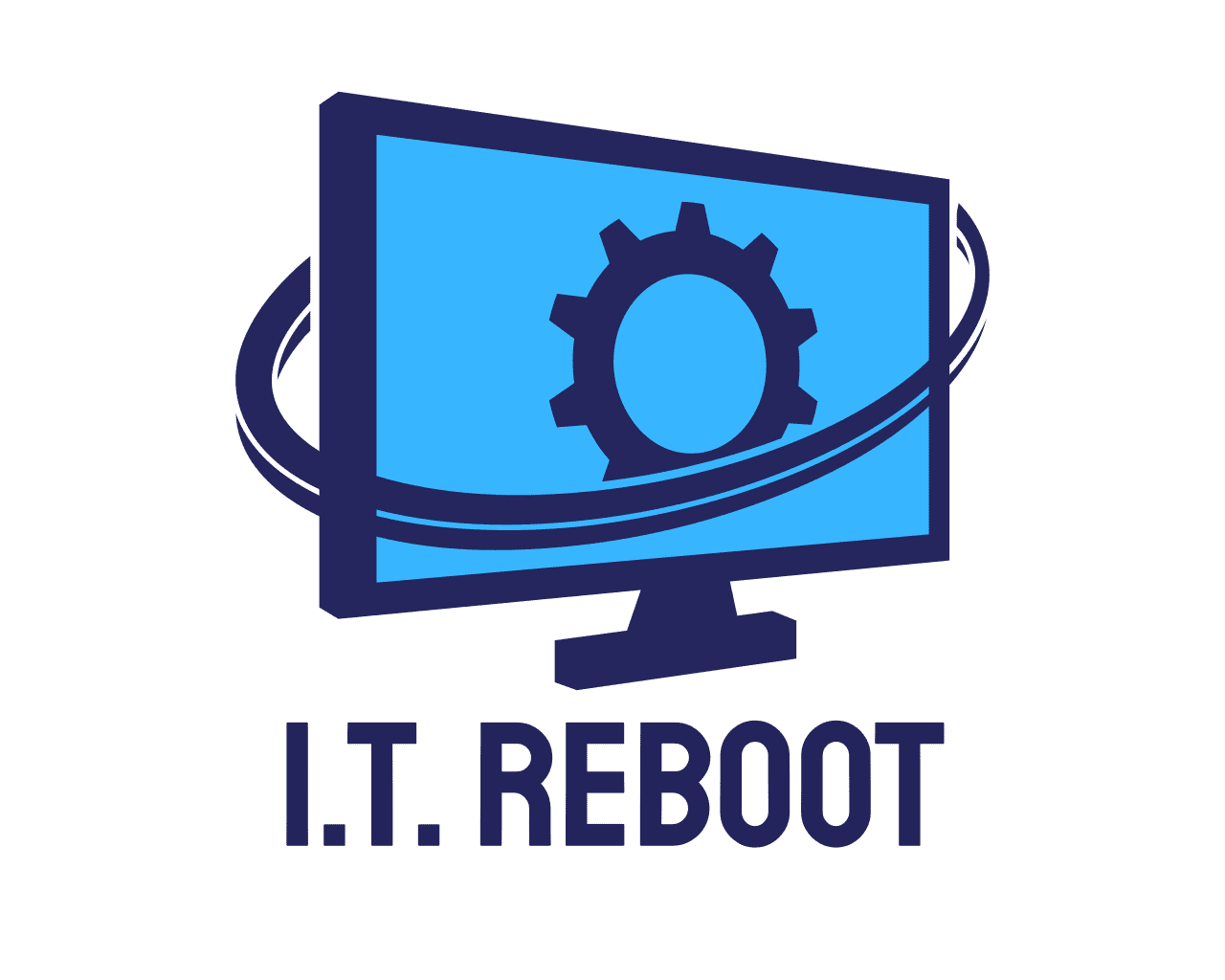Spring Cleaning Your Computer
When you think of Spring Cleaning, how often do you think of cleaning your devices? For most of us, our minds go straight to scrubbing floors and wiping windows, but what about backing up your computer, or clearing out your storage and applications?
You may have spent the past few weeks cleaning out the car, dusting the rugs, and washing the windows, but there’s one important area you can’t afford to overlook: your computer. Just like you refresh your home with cleaning each spring, you can refresh your computer or devices for the change in season.
Your devices are put through the wringer, and working from home from your device is all the more reason to give it a little T-L-C.
Start With a Backup

Before diving into the nitty-gritty of Spring Cleaning your computer, it’s important to do a backup of all your data. Any time you do anything on your computer, whether it’s updating software or deleting old files, it’s important to back everything up to protect yourself from losing precious files or data. For more information on backing up your computer and its importance, check out our previous blog here.
Reset Passwords
After safely backing up your data and files, you can dive into resetting your passwords. When was the last time you changed your passwords? It doesn’t matter the importance of the account, having strong passwords in place is important for keeping you and your data protected from predators online. Here are a couple of tips we suggest keeping in mind when creating a new password:
- Use unique passwords from site to site. If someone gains access to one of your accounts and you use the same password across ALL your accounts, online predators will almost certainly try to access other accounts after a successful attempt at one. Make sure to use distinct passwords for different accounts you have.
- Refrain from writing your passwords down on stick notes, even if they are hidden under your keyboard. Fortunately for us web users, there are a variety of free options for password managers that don’t involve multiple sticky notes. Check out DashLane, RoboForm, and LastPass tools to help you organize, store, and autofill your passwords for frequently used sites.
- Use a strong password. A strong password today is a lot different than what it looked like even just a few years ago. It’s not enough to simply use “password369.” Simple phrases like “MyDogSkipCanRead” would take approximately 8 trillion years for a computer to crack according to security.org.
- Change them often! Changing your passwords every 60-90 days is recommended by tech experts everywhere.
Even having a strong password and changing them often isn’t necessarily going to shield you from every online hacker. After changing your passwords on your sites and accounts, you’ll want to Enable Two-Factor Authentication.
Enable Two-Factor Authentication
While many opt out of the time-consuming process of two-factor authentication, it can go a long way toward keeping your data safe. After typing in your password, the system will ask you to identify yourself a second way – either with a code, visual cue, or a series of questions.
Organize Your Desktop
Does your desktop remind you of the kitchen after a big holiday celebration? If your files have exploded all over your desktop, spring is the perfect time to get organized. A messy desktop will increase the risk of losing files on accident (Also why a backup is important)! When arranging files on your desktop, we recommend arranging them into appropriate folders, and uploading files you don’t need to the cloud or an external hard drive.
Add Computer Cleaning to Your Spring Cleaning Checklist
There you have it, Spring Cleaning Technology edition. Let’s face it: life works better when it’s clean and organized. If you have further questions about how to additionally clean your devices this Spring, you know who to call!
